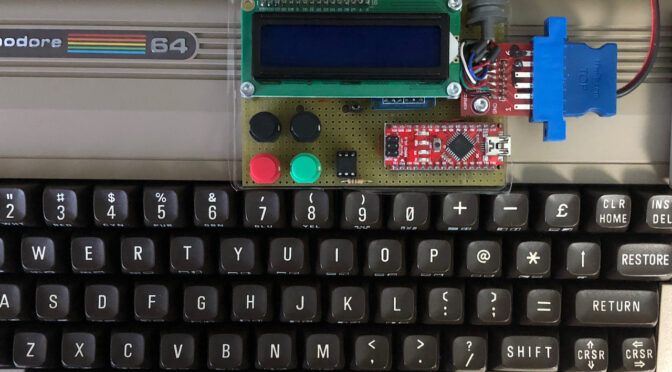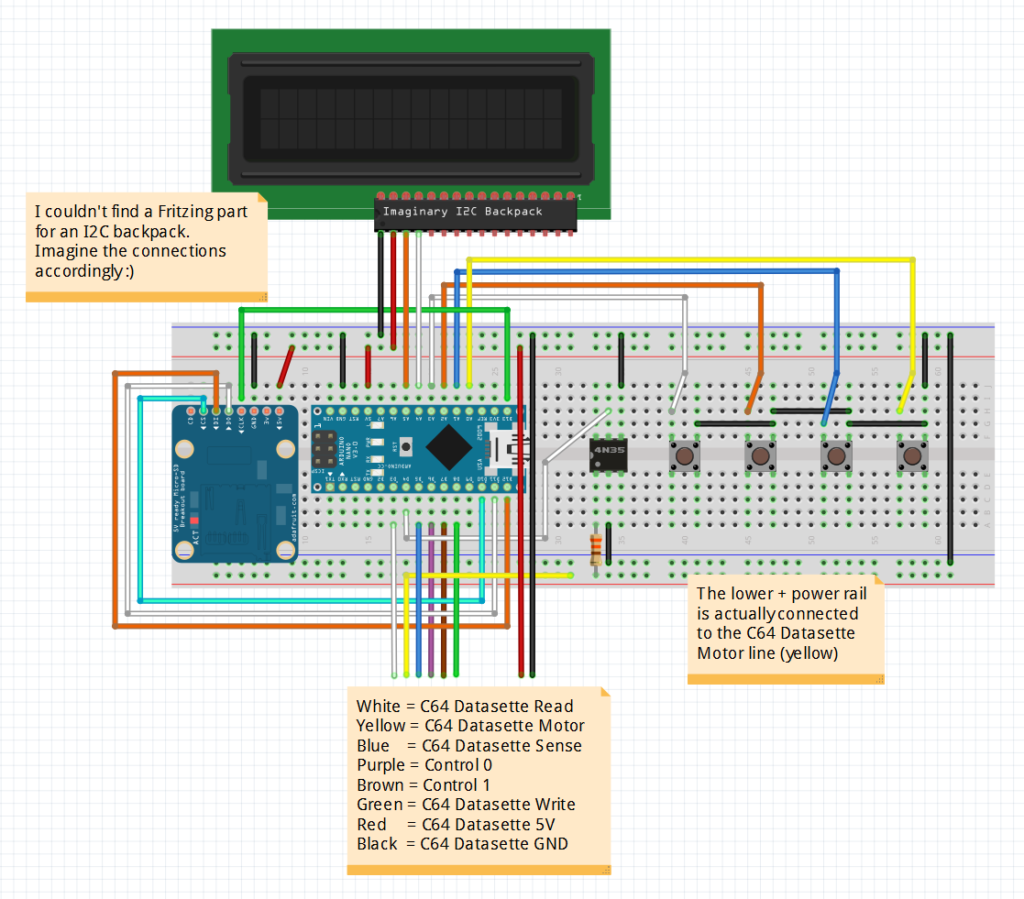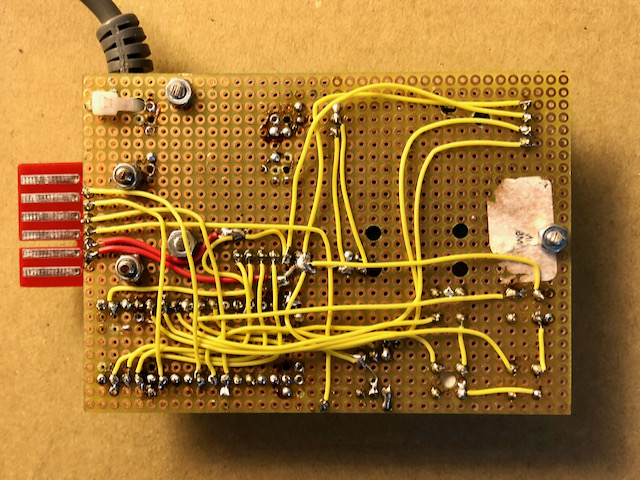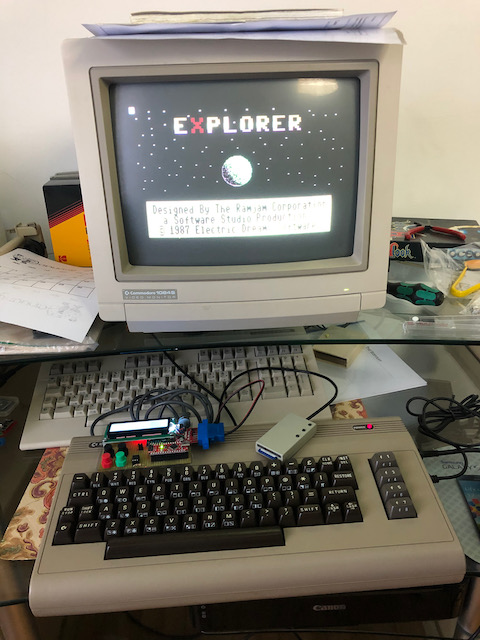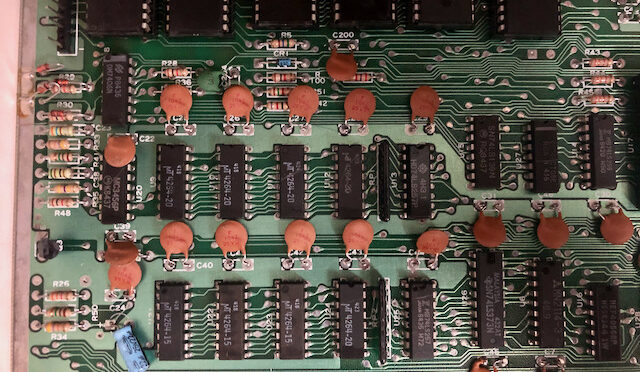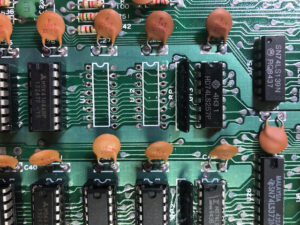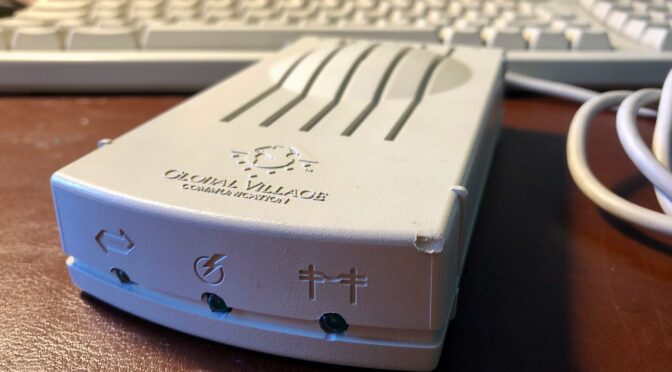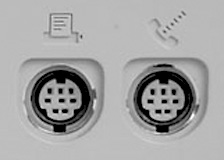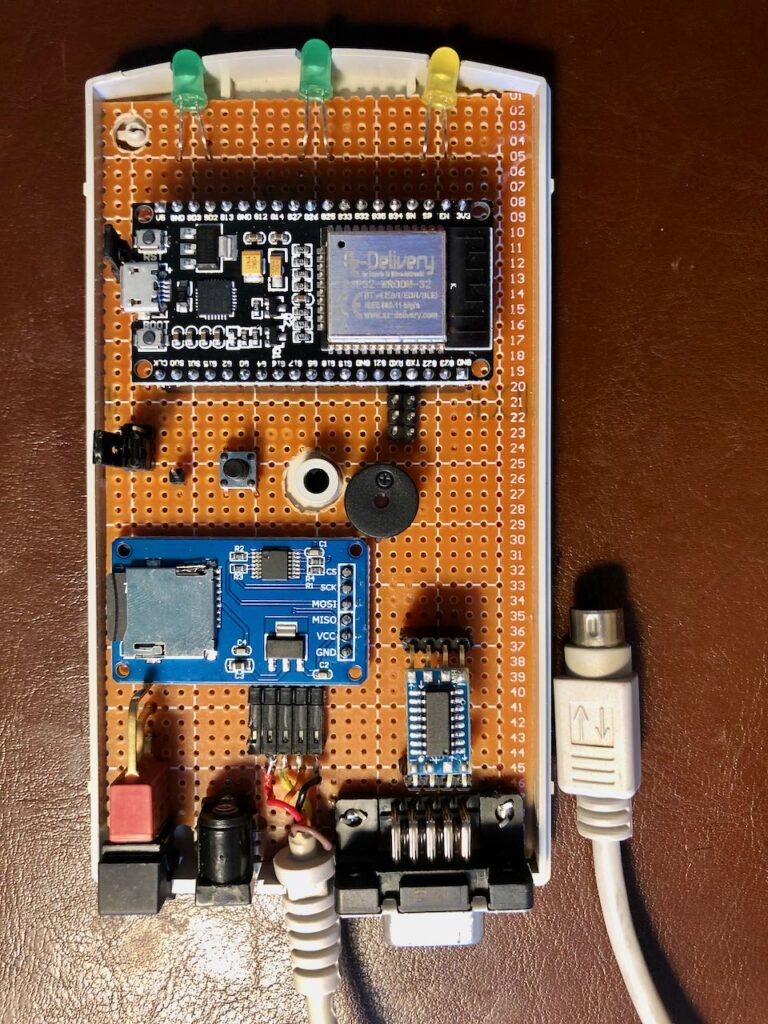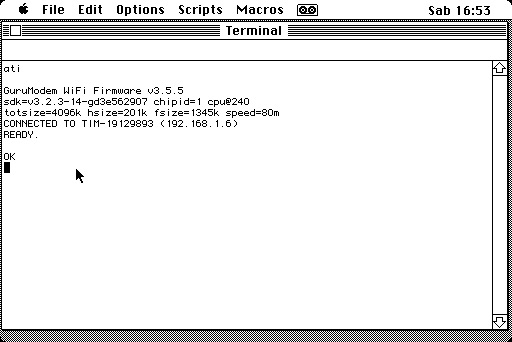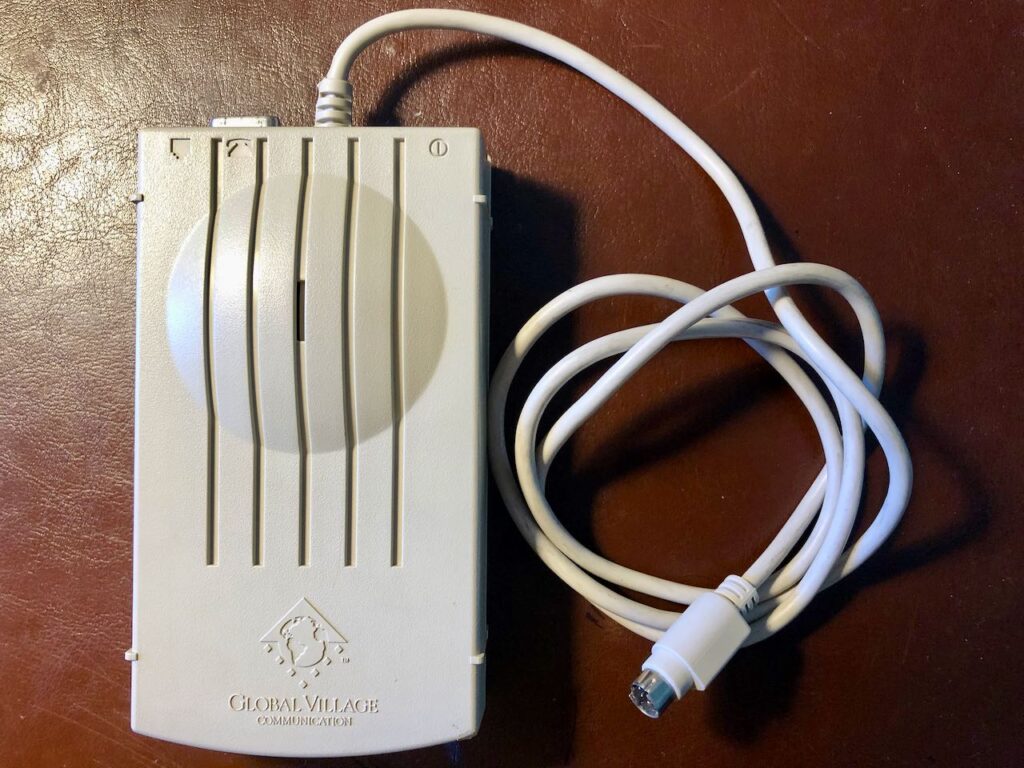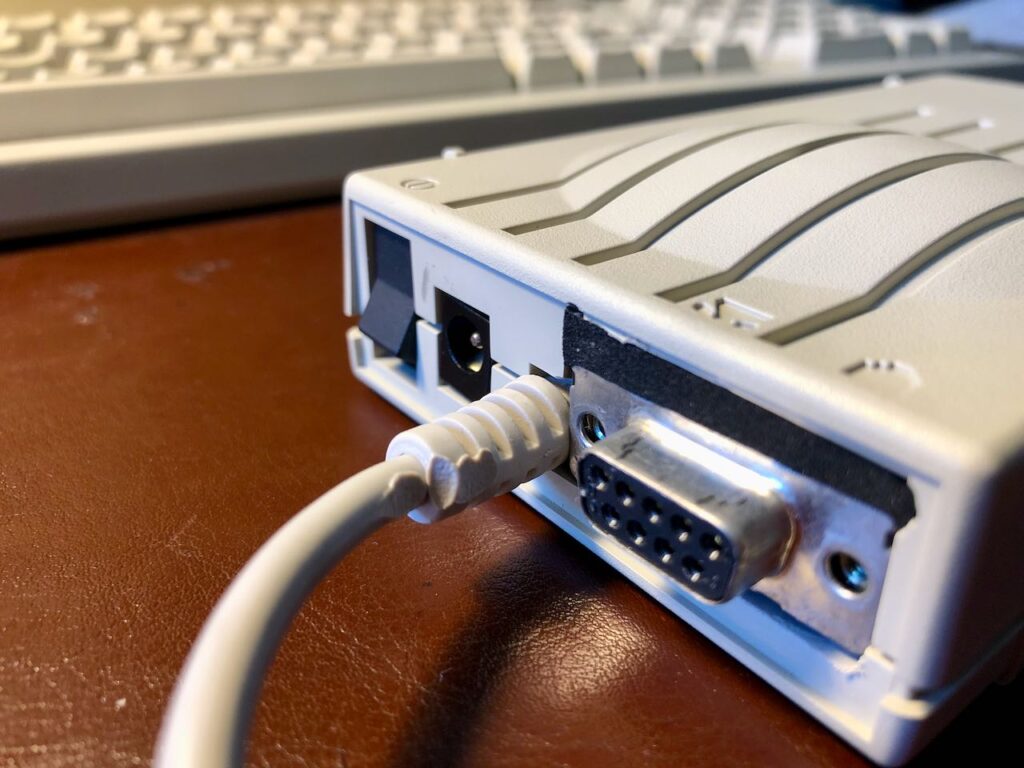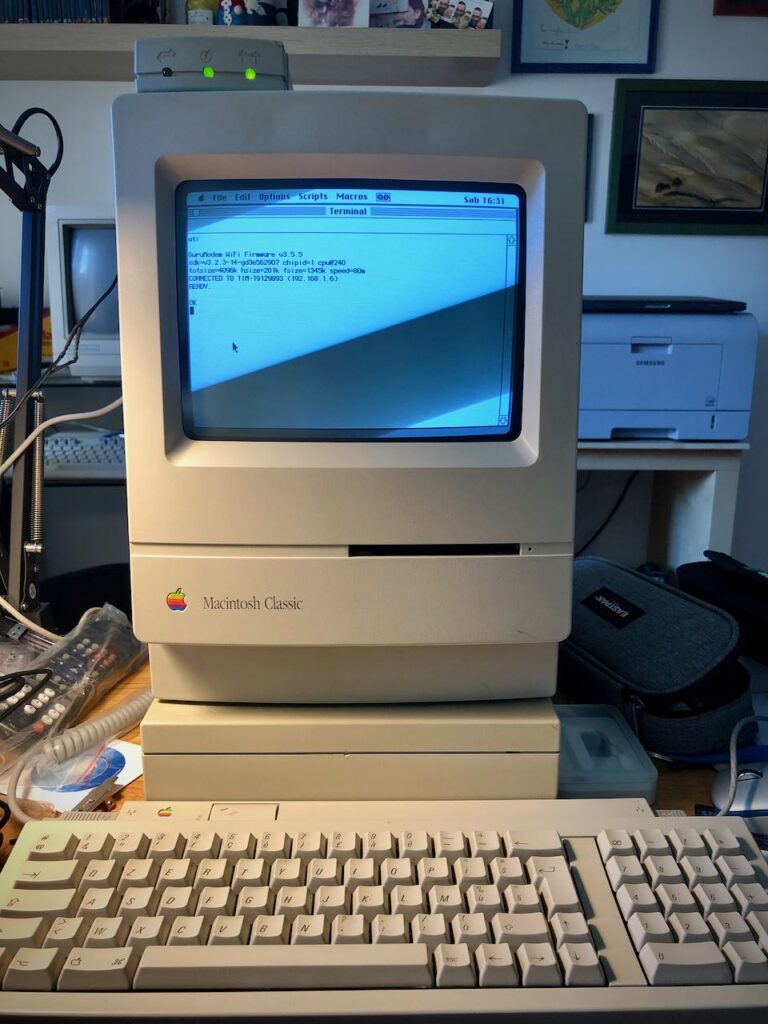Il Tapuino è un emulatore hardware del Datassette per il Commodore. Basato su un microcontrollore Arduino Nano, permette di caricare giochi e programmi memorizzati su file da una scheda SD.
Per chi, come è, ha passato giornate intere davanti allo schermo con il Commodore 64 quando era bambino, sa bene il tempo che ci voleva per caricare un gioco dal nastro di una cassetta audio. All’epoca era il media più diffuso per la sua economicità. Solo i più fortunati potevano permettersi il disk drive 1541.
Il sistema era anche poco affidabile e capitava spesso, dopo un certo uso, che la testina perdesse l’allineamento facendo fallire il caricamento proprio alla fine e dopo una lunga attesa!
Il Tapuino non velocizza il processo di caricamento, in quanto emula perfettamente il dispositivo originale, ma almeno lo rende più affidabile.
Così mi sono cimentato nella costruzione del mio Tapuino, dal momento che avevo già tutti i componenti necessari incluso il cavo ricavato dal mio Datassette non più funzionante.
In realtà il design è davvero semplice e richiede pochi componenti, facilmente reperibili in rete:
- microcontroller Arduino Nano
- display LCD con interfaccia I2C
- 4 tasti push
- 1 resistenza
- 1 accoppiatole fotoelettrico
Sul sito ufficiale si trovano schemi e dettagli dei componenti necessari, pertanto non sto a riscriverli qui.
Il montaggio è abbastanza semplice se si ha un minimo di dimestichezza con il saldatore. Anche la compilazione e il caricamento del firmware richiede solo l’IDE di Arduino e la creazione del file config-user.h con le impostazioni personali che nel mio caso si tratta di queste pochissime righe:
#define LCD_USE_1602_LCD_MODULE
#define LCD_I2C_ADDR 0x3F
#define TAPUINO_LANGUAGE_ITNella mia versione ho aggiunto il PCB del connettore edge, acquistato tempo fa su ebay. In questa maniera potrei collegarci un Datassette vero e trasferire i nastri sulla scheda SD. Per il momento lo uso per prendere l’alimentazione per il mio SD2IEC (ma questa è un’altra storia).
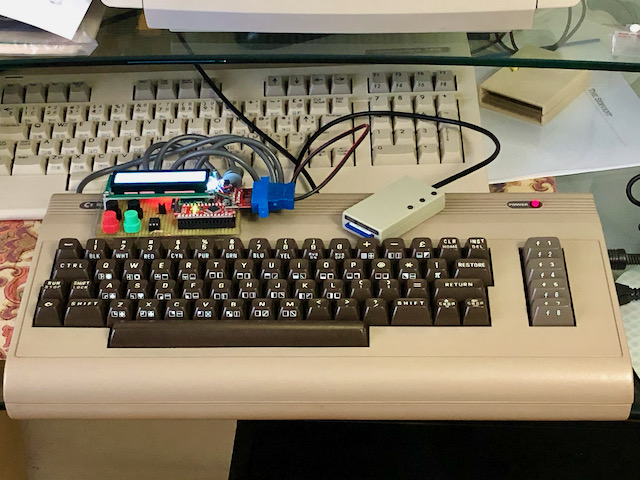
A questa punto non rimane che prendere una MicroSD, metterci dei file in formato TAP e… iniziare a caricare i proprio giochi preferiti!

